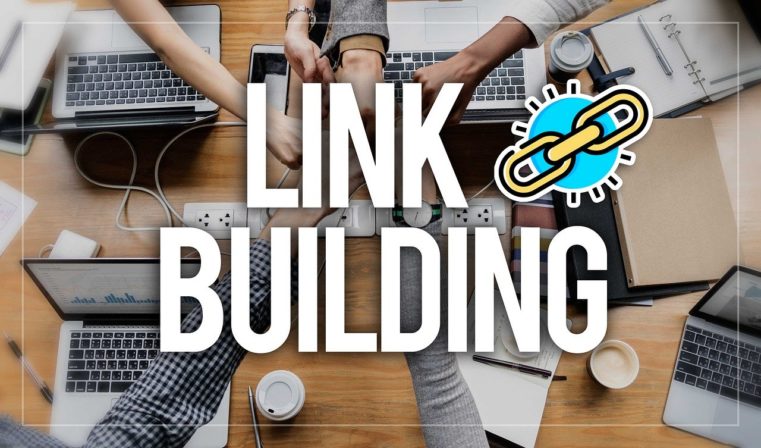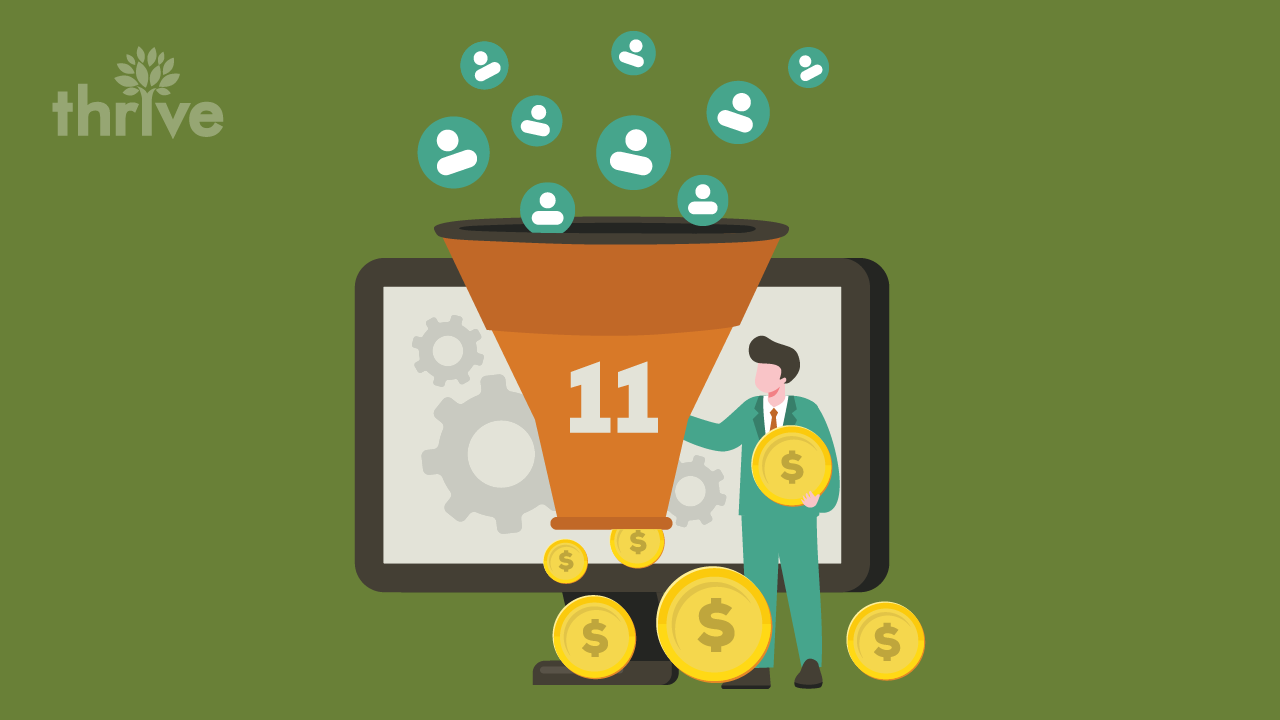As a business owner investing in search engine optimization (SEO), getting high-quality backlinks should always be a top priority. Building quality SEO backlinks can drastically improve your website’s search rankings. The volume of the backlinks you generate will determine the popularity of your website in search engines. As a result, you get more qualified leads for your business.
According to Backlinko, high-ranking websites in Google have an average of nearly 4X more high-quality backlinks. To put it simply, it’s impossible to improve your website’s overall online presence without the inclusion of quality SEO backlinks.
In this article, we discuss the importance of backlinks in terms of SEO and search engine results pages (SERPs) rankings. We will also tackle the most effective ways to build backlinks.
Importance of Backlinks for Your Business
It’s quite surprising some people believe link building is no longer valuable in today’s SEO landscape. While producing high-quality content plays a vital role in optimizing your search ranking, you can never take link building out of the equation. Keep in mind that SEO backlinks remain one of the key ranking signals for Google and other search engines.
In research conducted by Moz involving 27,000 competitive keywords, findings revealed that the majority of high-ranking websites include external high-quality links. This means the number of domains linking to a page has a correlation with how high that page ranks in the SERPs.
How Backlinks Can Position Your Business on Top of the SERPs

• Increase organic ranking — Building quality backlinks can optimize your website’s organic rankings. The more links the webpage receives from other sites, the higher the ranking score you get on SERPs. Backlinks send signals to search engines that your content is informative and relevant to search queries.
• Establish industry authority — Having an authoritative backlink portfolio not only optimizes your overall digital presence but it also boosts your online reputation. Inbound links can help establish trust with your website visitors and validate the content published on your site.
• Create referral traffic — Posting clicks from other online sources leading to your web page can significantly boost your site traffic. Take note, however, that referral traffic from other sources is usually more targeted. This means it has a low bounce rate.
• Faster indexing — Quality inbound links can speed up the indexing of your website. Once search engines discover your site, it crawls and indexes specific web pages. Without backlinks, it takes time for Google to read your website. This is why it’s imperative to monitor backlinks, especially for new websites.
• Build a stronger network — Strategic link building can effectively expand your network. When webmasters start to use your site or content as a reference, this also encourages others to follow your website. Additionally, it makes it easier for you to promote your business and content online.
Clearly, building high-quality backlinks play a vital role in your SEO campaigns. If executed properly, this can also lead to more customers at the forefront of your business.
How to Build High-Quality Backlinks
In the past, you could easily improve your search rankings by building multiple links to your website. Today, Google’s algorithm has become smarter when it comes to evaluating the links you build for your website. It can now easily detect spam links, which can result in penalties. Backlinks are somewhat similar to citations. It’s imperative to follow ethical link building practices to ensure campaign success without getting penalized by Google.
Effective Ways How to Get Backlinks to Your Website

1. Empower Your Content Marketing Strategy
Producing rich, informative and engaging content is a proven method on how to get backlinks. Remember, your visitors are always looking for helpful information about your business. So write for Google and for the audience. Keyword research also plays a significant role when it comes to learning how to build backlinks. In addition to primary keywords, you should also incorporate other related keywords you can use for secondary anchor texts. This strategy can build high-quality backlinks to your internal pages.
Additional content marketing tips on how to build backlinks:
• Incorporate useful infographics.
• Create comprehensive and scannable content.
• Avoid duplicate content.
• Write useful tips for your target audience.
• Use the interlinking method.
• Ensure your content is up-to-date or relevant to the latest trends.
2. Guest Blogging
Guest blogging is another popular link building strategy. This is a great opportunity to promote your content and reach larger audiences. Publishing informative articles on other popular online resources gives you more visibility. This method also helps leverage your relationships and expand your network. When guest blogging, take note of the following items:
• Conduct extensive research about your audience.
• Know the hottest topics related to your industry or business.
• Use relevant and high-performing keywords.
• Make sure your guest blogs are 100 percent unique.
3. Impose Strategic Social Outreach
Seasoned SEO specialists know how crucial social outreach is when it comes to link building. This strategy is a great opportunity to earn free backlinks to your website. The key here is to find other industry influencers and webmasters. Reaching out to other industry leaders can help expand your network reach and promote your website.
4. Keep Track of Your Competitors’ Backlinks
As an entrepreneur, you probably know how important it is to know as much as possible about your competition. Knowing what’s working for your competitors is also important for deciding the most effective SEO techniques and digital marketing strategies to implement. Knowing your competition’s link building strategies will help you improve your own processes. To do this, you need to identify your competitors’ resource page links. Examine their links and find out which site owners you can add to your connections. If executed properly, you can even steal your competitors’ site traffic. When looking at how to build backlinks for your website, reviewing your competitors’ strategies should be a top priority.
Additional Reminders
As much as possible, stay away from unethical paid backlinks. It’s only free backlinks that earn you a win from Google. According to Google’s SEO guidelines, a paid links strategy is a violation. While paid backlinks still happen in most SEO circles, it’s best to make this link no-follow and work on building free backlinks across identified authority platforms in your niche. Reputable SEO agencies won’t encourage paid backlinks. Instead, they provide more targeted, data-driven and free backlink building strategies that will improve your rankings.
Final Words
It’s true that content remains the bread and butter of SEO. However, getting high-quality backlinks is as powerful as your content marketing strategy. Ignoring the importance of link building is a huge mistake. Think of backlinks as the life support of your digital marketing efforts. They have the ability to promote your content and put your website on top of search results. If properly executed, link building can bring about huge success for your business online and your brand as a whole.





